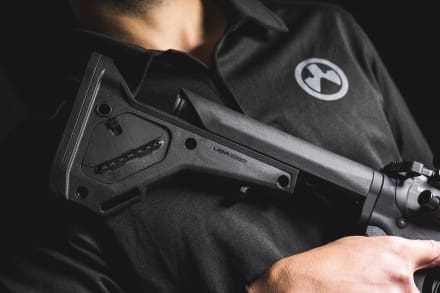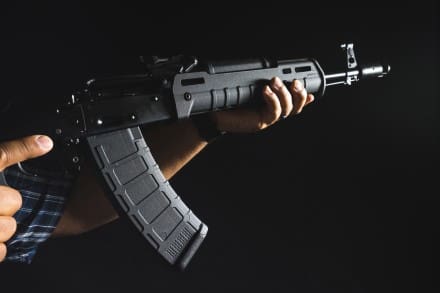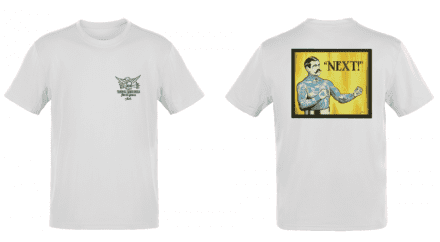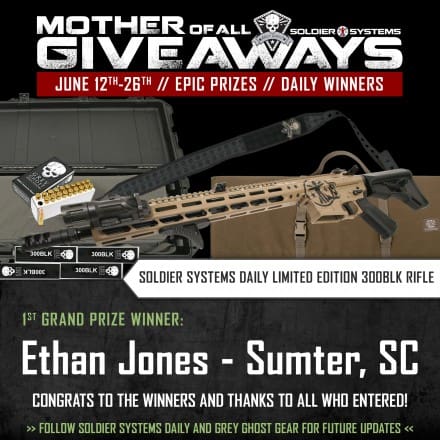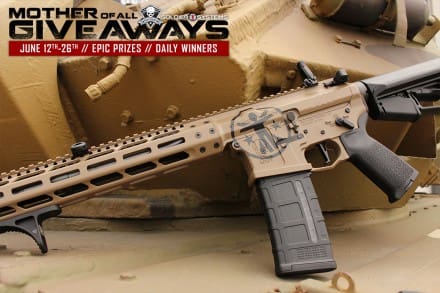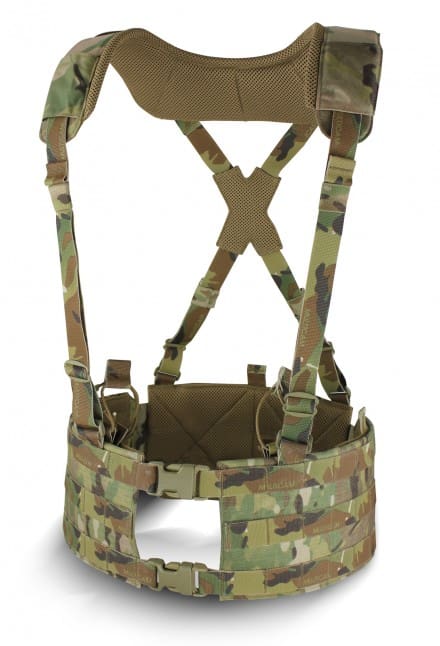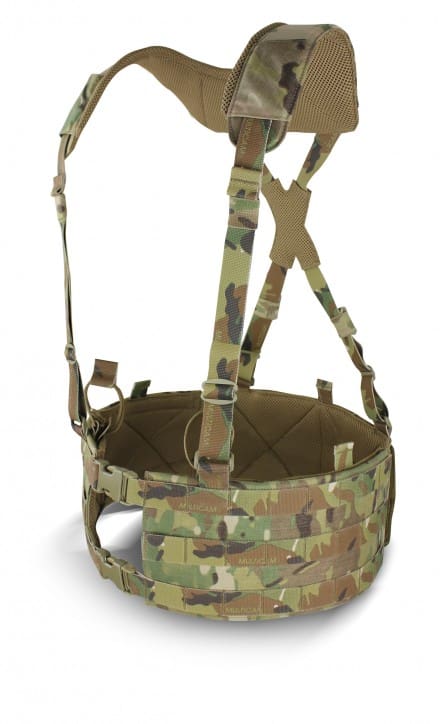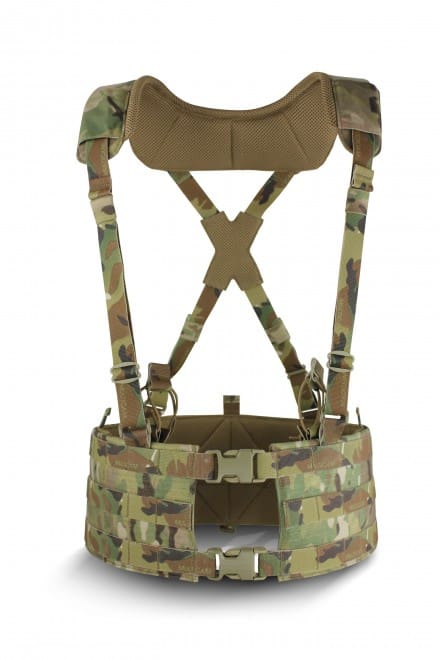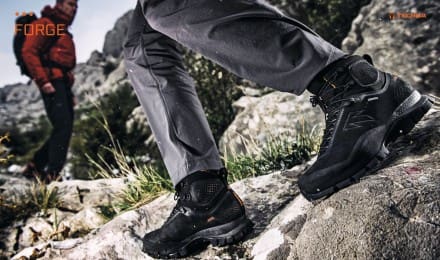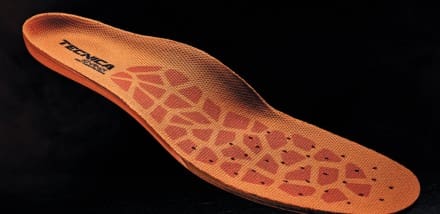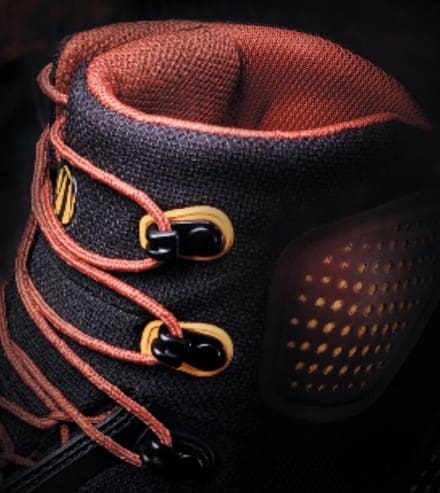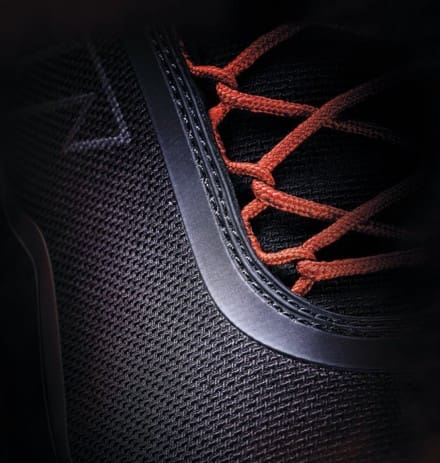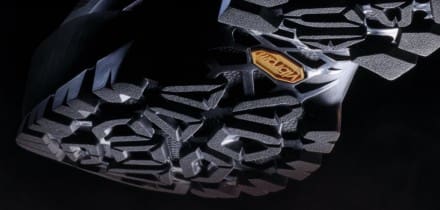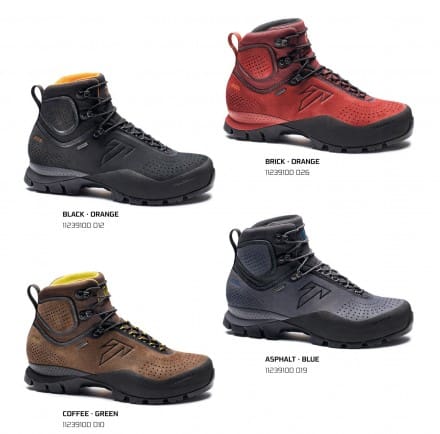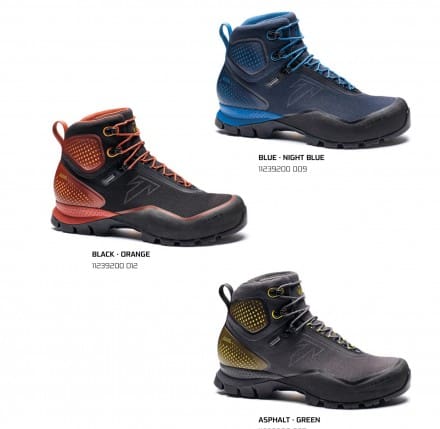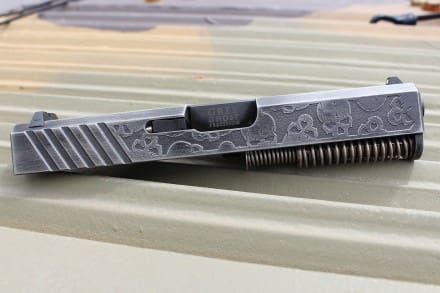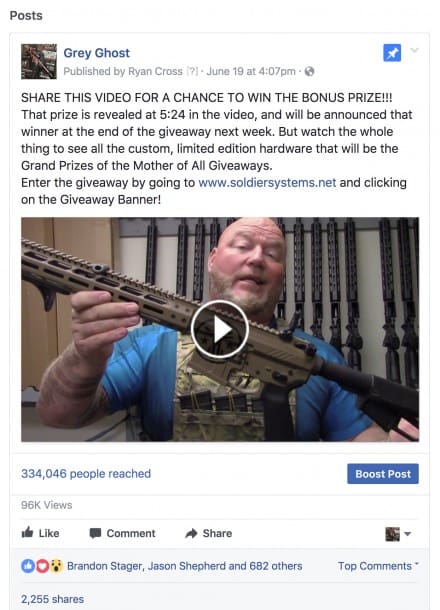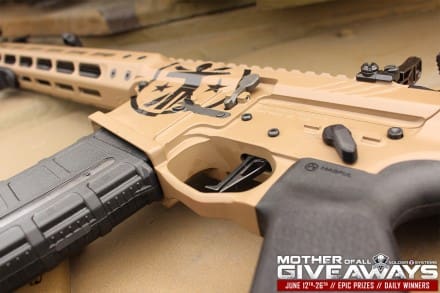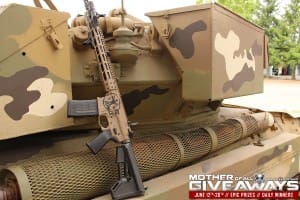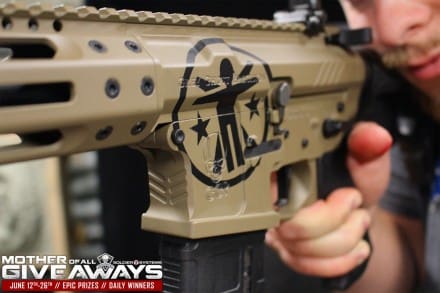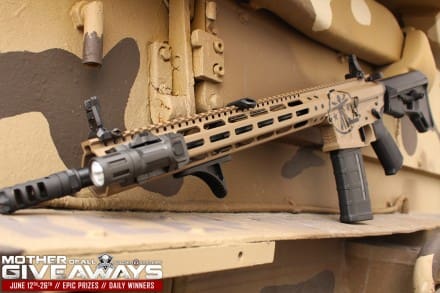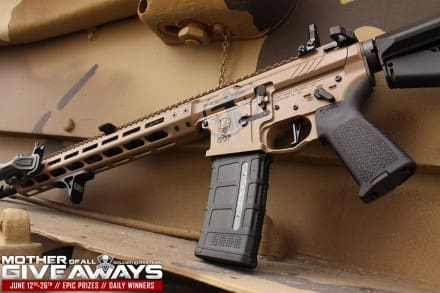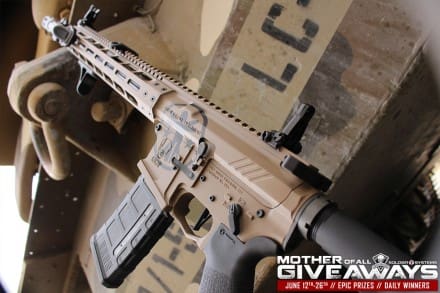The UBR GEN2 is an adjustable stock for the AR15/M4, designed to offer the same strength and stability as a fixed stock with a consistent and comfortable cheek weld in any position. An update of the revolutionary Utility/Battle Rifle (UBR) stock, the UBR GEN2 features a fixed cheek piece to provide a consistent cheek weld in any of its eight positions, and is compatible with Carbine as well as A5-length buffer systems. Designed to accommodate large bore AR calibers and withstand severe impacts, the UBR GEN2 is nearly five ounces lighter while retaining all the durability its predecessor was legendary for.
Comes standard with front and rear QD sling attachment points, two footman’s loops, the ergonomic MOE SL™ angled-toe rubber butt-pad, and customizable storage compartment.
The PMAG 30 AK74 MOE is an inexpensive, lightweight, high reliability 30-round polymer magazine designed for Kalashnikov pattern rifles in 5.45x39mm (AK74, MPi-AK-74N, PA md. 86, and others.)
It features a removable floorplate, constant curve geometry, and a high-reliability/low-friction follower for the affordable performance you expect from a MOE PMAG.


